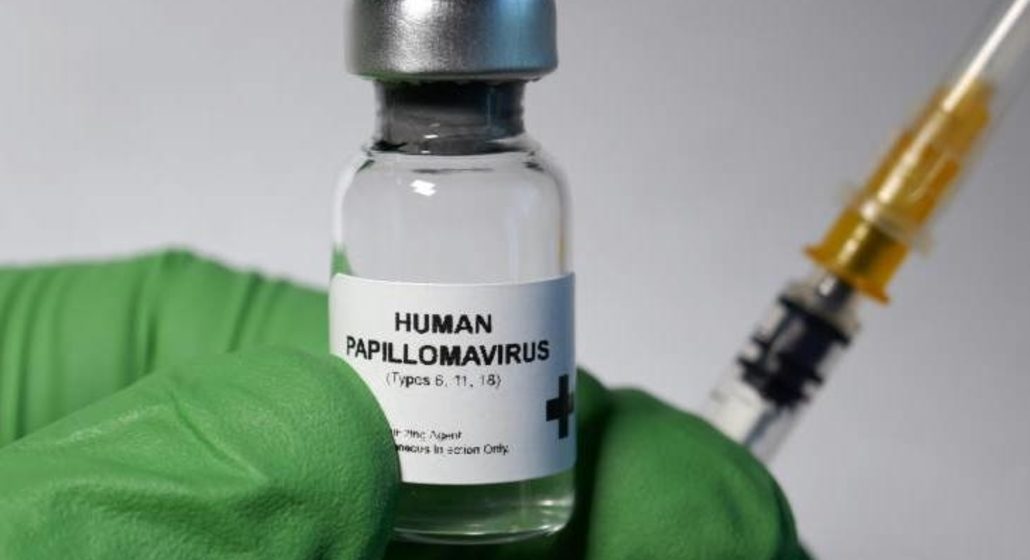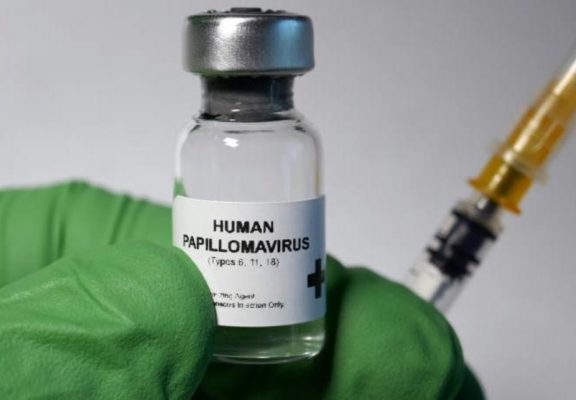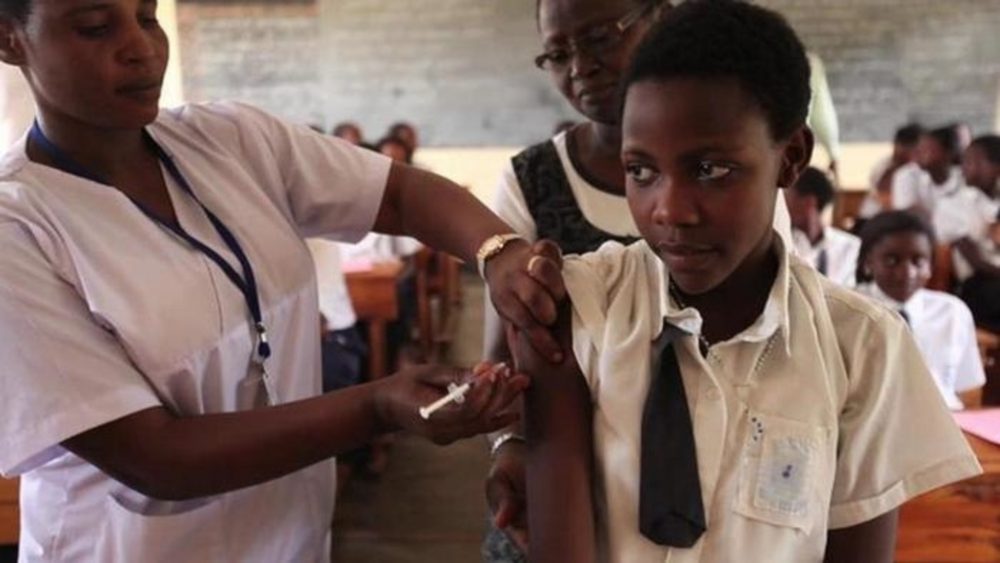

AHO determined to prevent cervical cancer in Africa
Cervical cancer claims the lives of nine Kenyan women every day and is the leading cause of cancer deaths in women in sub-Saharan Africa. These deaths are tragic, not just because cervical cancer is the most common in women between the ages of 15 to 44, but also because they are almost always preventable through vaccination.
That is why Africa Health Organisation (AHO) has decided to provide every girl in Africa with Human Papilloma Virus (HPV) vaccination when she reaches the age of 10, following the introduction of the vaccine by President Graciano Masauso. More than 40,000,000 girls will be vaccinated every year.
This is a move that is not just about preventing deaths, it is also about creating opportunities. The opportunity for thousands of women to live longer, healthier lives. The opportunity to address stigma around a devastating disease. And more broadly, the opportunity to reach a population that often slips through the cracks in a health system.
By building a contact point between young women and health services, HPV vaccination could provide a valuable platform for further investment in the health and well-being of African women and girls – empowering girls to become knowledgeable about their own health.
Adolescents, particularly girls, are currently one of the most vulnerable population groups in Africa. Whilst child mortality has been reduced since 2000, efforts to reduce adolescent mortality have lagged behind. School enrolment is high in primary school, but later school drop-out rates are higher among girls than boys, often due to pregnancy, early marriage or illness.
By reaching girls with HPV vaccination at the age of 10, there is the potential to integrate services that could help improve their health in other ways, from nutritional supplementation, screening for priority health conditions to helping bring out-of-school girls back into the education system. This is not just good in theory: It’s a strategy that has already been employed successfully by other countries. For instance, Uganda has combined HPV vaccination with de-worming treatment; Rwanda with the measles-rubella vaccine.
But it’s not enough to make the vaccine available, it is critical that we also achieve high coverage, and this will not be straightforward as we have seen with previous interventions to tackle cervical cancer. Only 16 per cent of 15 to 49-year-old women in Kenya go for cervical cancer screening, despite the fact that it is free and recommended nationally. The most likely women to take up screening are those who are wealthier and well-educated.

If the HPV vaccine is to have as great an impact as possible, we need to reach girls who may not access screening further down the line. That means girls living in rural areas, nomadic pastoralist communities and informal urban settlements, and girls who do not attend school.
Building on the systems already in place to deliver routine vaccinations, these outreach vaccinations will include girls in school and in the community; at locations that are tailored to reach those who would otherwise remain invisible to health systems. Facility-based vaccinations will still form the backbone of the programme, but the hardest-to-reach girls will require us to think more creatively.
Yet in addition to reaching them with vaccines, we also need to reach people with information. Lack of awareness and stigma around cervical cancer screening both contribute to the devastatingly high number of women who only seek medical attention when the cancer is at an advanced stage and too late to treat.
Studies in hard-to-reach populations have shown that inadequate information about HPV vaccination is one of the largest potential barriers to achieving high coverage. We need to empower young women to seek out HPV vaccination and cervical cancer screening for themselves, armed with an understanding of the risks of cervical cancer and of the effectiveness and safety of this vaccine.
Therefore, it is crucial that information can flow both ways: Into communities about the benefits of vaccination, and out of communities about how best to deliver their health services. This requires strong buy-in from local communities and leaders.
The success of Africa’s campaign is due to the strong engagement by Africa’s leaders – religious leaders, civil society organisations, professional associations and other advocacy groups backing this vaccine and spreading evidence-based information about its huge potential for impact.
It is unique to have such a simple and effective tool to prevent the suffering and loss of life caused by cancer. If we can achieve high coverage, we have a very real chance of one day eliminating what is currently the leading cause of female cancer deaths in Africa. But this is not just about bringing an end to preventable deaths – it is about beginning to build a health system that invests more in women and girls to give them a healthy future within the context of universal health coverage.

